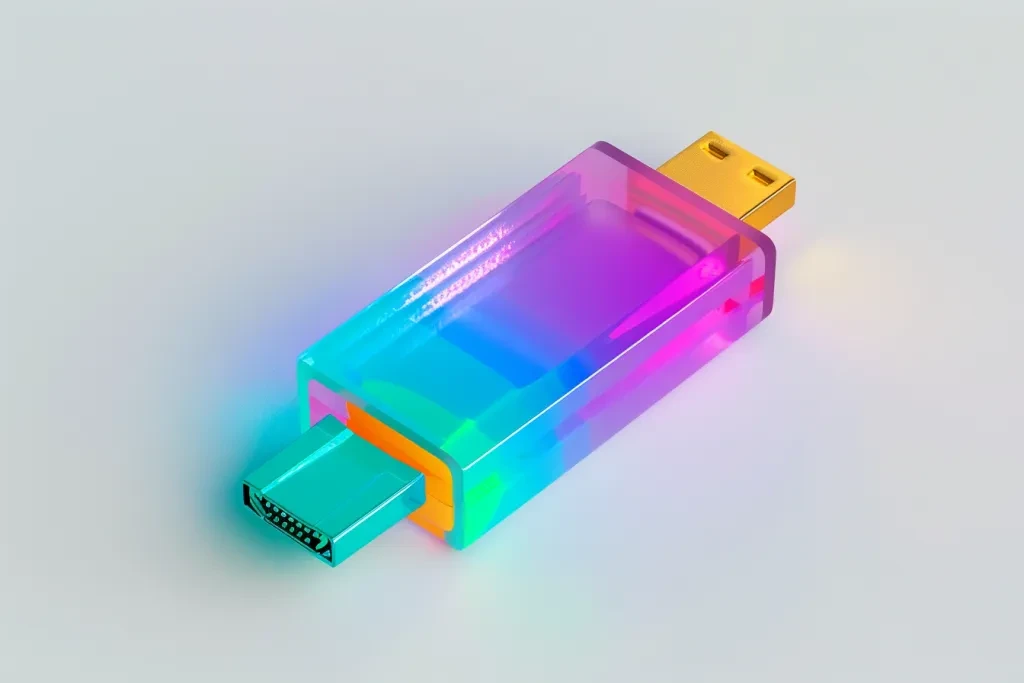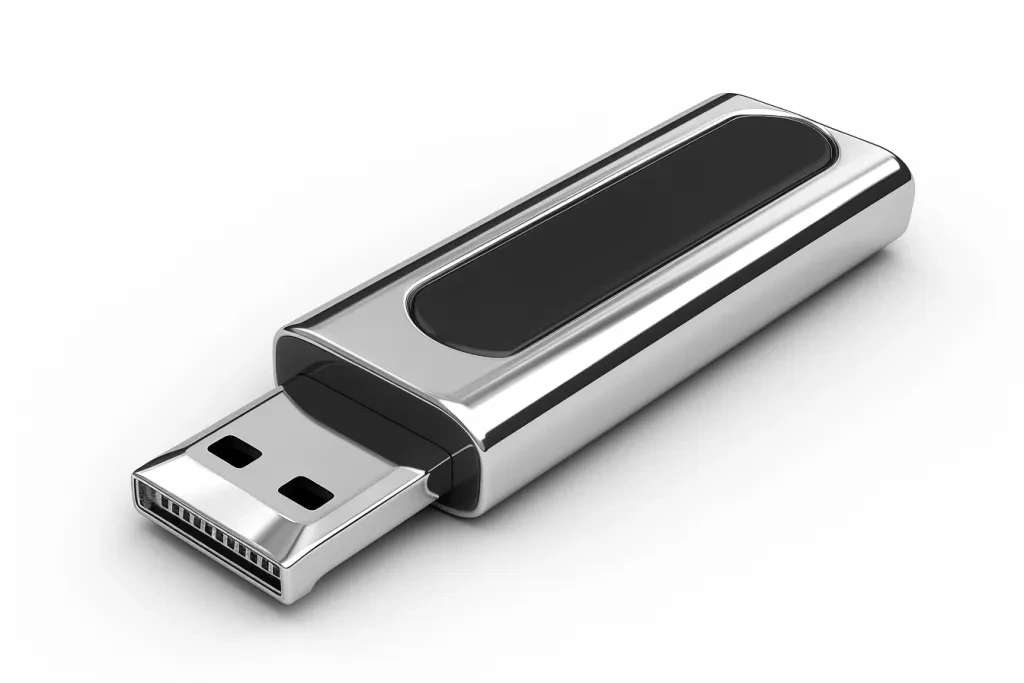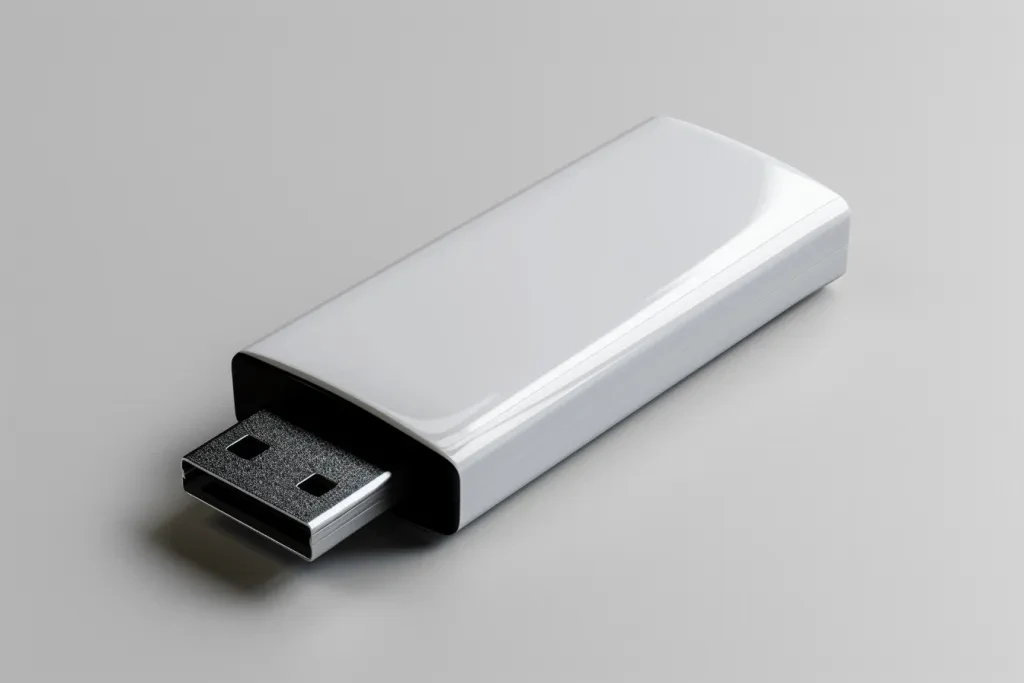As we move into 2025, the demand for memory sticks continues to rise, fueled by advancements in smart devices and high-capacity storage needs. This article provides an in-depth analysis of the memory stick market, covering key performance benchmarks, market dynamics, and essential selection criteria for professional buyers. By understanding these aspects, businesses can make informed decisions, ensuring they stock and sell the most reliable and high-performing memory sticks available.
Table of Contents:
– Memory Stick Market Overview
– In-Depth Analysis of the Memory Stick Market
– Key Factors When Selecting a Memory Stick
– Innovations in Memory Stick Technology
– Practical Applications and Use Cases
– Conclusion
Memory Stick Market Overview

The global memory stick market is growing steadily due to the increasing demand for portable storage solutions. As of 2025, the market is valued at approximately USD 9.4 billion and is projected to reach USD 10.8 billion by 2030, with a compound annual growth rate (CAGR) of 1.9%. This growth is driven by the proliferation of smart devices, the need for high-capacity storage, and advancements in flash memory technology.
Regionally, the United States leads the market with an estimated value of USD 2.6 billion in 2023. China follows closely, with a forecasted growth rate of 3.4% CAGR, reaching USD 2 billion by 2030. Other significant markets include Japan, Canada, and Germany, each showing substantial growth driven by the increasing use of memory sticks in various applications.
The demand for memory sticks is primarily driven by the need for reliable and portable storage solutions in smartphones, cameras, and laptops. The rise in digital content creation and the popularity of high-definition video recording also contribute to the market’s expansion. Additionally, the growing trend of using memory sticks in gaming consoles and other smart devices further propels market growth.
In-Depth Analysis of the Memory Stick Market

Key Performance Benchmarks and Market Share Dynamics
Memory sticks are evaluated based on storage capacity, data transfer speed, durability, and compatibility with various devices. High-capacity memory sticks, such as those with 1TB or more, are becoming increasingly popular due to their ability to store large volumes of data, including 4K and 8K video files. Data transfer speeds are also critical, with newer models offering read and write speeds exceeding 100MB/s.
Market share dynamics reveal that major players like Kingston Technology, SanDisk, and Samsung dominate the market due to their extensive product portfolios and strong brand recognition. These companies continuously invest in research and development to introduce innovative products that cater to the evolving needs of consumers. For instance, SanDisk’s Ultra Dual Drive Go and PRO-CINEMA CFexpress Type B cards meet the demands of high-quality content creation and fast data transfer.
Economic Influences and Consumer Behavior Shifts
The economic landscape significantly impacts the memory stick market. Fluctuations in the prices of NAND flash components, crucial for manufacturing memory sticks, can affect production costs and retail prices. Economic downturns may lead to reduced consumer spending on non-essential electronics, potentially slowing market growth.
Consumer behavior is shifting towards high-capacity and high-speed memory sticks. This trend is driven by the increasing use of smartphones and cameras for capturing high-resolution images and videos. Additionally, the demand for memory sticks with enhanced security features, such as encryption, is rising due to growing concerns over data privacy and protection.
Seasonal Demand Patterns and Distribution Channel Preferences
Seasonal demand patterns play a significant role in the memory stick market. Sales typically peak during the holiday season and back-to-school periods when consumers purchase new electronic devices that require additional storage. Promotions and discounts offered during these times further drive sales.
The distribution channel preferences for memory sticks include both offline and online platforms. Offline channels, such as electronics stores and specialty retailers, account for a significant portion of the market share due to immediate availability and the ability to physically inspect products. However, online channels are rapidly gaining traction, driven by the convenience of home delivery, wider product selection, and competitive pricing offered by e-commerce platforms.
Recent Innovations and Product Lifecycle Stages
Recent innovations in the memory stick market focus on increasing storage capacities, improving data transfer speeds, and enhancing durability. For example, the introduction of memory sticks with USB Type-C connectors has improved compatibility with the latest smartphones and laptops. Additionally, rugged memory sticks designed to withstand extreme conditions are gaining popularity among professionals who require reliable storage solutions in challenging environments.
The product lifecycle stages of memory sticks vary. High-capacity and high-speed models are currently in the growth stage due to increasing consumer demand. In contrast, older models with lower capacities and slower speeds are in the maturity or decline stage as they become obsolete with the advent of newer technologies.
By understanding these market dynamics, businesses can develop strategies to capitalize on emerging opportunities and navigate challenges in the competitive memory stick market.
Key Factors When Selecting a Memory Stick

When choosing a memory stick, several critical factors must be considered to ensure it meets your needs. These include performance, capacity, compatibility, build quality, and security features. Each element plays a significant role in determining the overall effectiveness and reliability of a memory stick.
Performance
Performance is crucial as it impacts the speed at which data can be read and written. High-performance memory sticks typically use advanced NAND flash technology, significantly enhancing data transfer rates. For instance, USB 3.2 Gen 2 memory sticks can achieve read speeds of up to 1,050 MB/s and write speeds of up to 1,000 MB/s, making them ideal for transferring large files quickly.
Consider the memory stick’s latency and durability as well. Lower latency ensures faster access to stored data, essential for real-time applications like video editing. Durability ensures the memory stick can withstand frequent read/write cycles without performance degradation, crucial for professional users relying on consistent performance over time.
Capacity
Capacity determines how much data can be stored on the device. Options range from 16GB to 2TB, catering to various needs. For everyday use, a 32GB or 64GB memory stick may suffice. For more demanding applications, like storing high-resolution videos or extensive software libraries, a 512GB or 1TB memory stick is more appropriate.
Consider future needs, as digital files and software sizes are increasing. Opting for a higher capacity than currently required can provide a buffer for future storage needs, ensuring the device remains useful over a longer period.
Compatibility
Compatibility ensures the memory stick works seamlessly with your devices. Most modern memory sticks use the USB interface, with USB-A and USB-C being the most common connectors. USB-C is increasingly popular due to its reversible design and higher data transfer capabilities, making it ideal for newer laptops, tablets, and smartphones.
Ensure the memory stick is backward compatible with older USB standards, such as USB 2.0, to guarantee it can be used with a wide range of devices. Compatibility with various operating systems, including Windows, macOS, and Linux, is crucial for users working across different platforms. Some memory sticks come pre-formatted with specific file systems, such as NTFS or exFAT, which may need reformatting for compatibility with certain devices.
Build Quality
Build quality affects durability and reliability. High-quality memory sticks are typically constructed from robust materials like metal or high-grade plastic, which can withstand physical wear and tear. Features such as water resistance, shockproofing, and dustproofing are also desirable, especially for users who frequently travel or work in challenging environments.
The quality of internal components, such as memory chips and controllers, plays a significant role in overall reliability. Reputable manufacturers often use top-tier components and conduct rigorous testing to ensure their memory sticks can handle extensive use without data loss or corruption.
Security Features
Security features are important, especially for users handling sensitive data. Many high-end memory sticks come with built-in encryption, protecting data from unauthorized access. Hardware-based encryption is particularly effective, providing robust security without impacting performance.
Some memory sticks offer additional security features such as biometric authentication, password protection, and secure erase functions. These features provide peace of mind for users needing to ensure their data remains confidential and secure, even if the memory stick is lost or stolen.
Innovations in Memory Stick Technology

Recent advancements in memory stick technology have significantly enhanced performance, capacity, and security. These innovations are driven by the need for faster data transfer rates, higher storage capacities, and more robust security measures.
Advanced NAND Flash Technology
The use of advanced NAND flash technology, such as 3D NAND, has revolutionized memory stick performance. 3D NAND stacks memory cells vertically, allowing for higher storage densities and faster data transfer speeds. This technology also improves durability, handling more read/write cycles compared to traditional planar NAND.
For example, a memory stick utilizing 3D NAND technology can achieve read speeds of up to 1,050 MB/s and write speeds of up to 1,000 MB/s, suitable for demanding applications like 4K video editing and large database management. Additionally, 3D NAND memory sticks typically offer higher capacities, with some models available in sizes up to 2TB.
USB 4.0 and Thunderbolt 4 Integration
The integration of USB 4.0 and Thunderbolt 4 interfaces in memory sticks has further enhanced performance and versatility. USB 4.0 offers data transfer speeds of up to 40 Gbps, four times faster than USB 3.2 Gen 2. Thunderbolt 4, compatible with USB 4.0, provides similar speeds and additional features such as daisy-chaining and power delivery.
These interfaces benefit professionals requiring high-speed data transfers and seamless connectivity with various devices. For instance, a memory stick with a Thunderbolt 4 interface can transfer a 100GB file in just a few seconds, significantly reducing downtime and improving productivity.
Enhanced Security Features
Security features have also seen significant advancements, with many modern memory sticks offering hardware-based encryption, biometric authentication, and secure erase functions. Hardware-based encryption provides robust data protection without impacting performance, ideal for users handling sensitive information.
Biometric authentication, such as fingerprint recognition, adds an extra layer of security, ensuring only authorized users can access the data. Secure erase functions allow users to permanently delete data, preventing it from being recovered even with advanced recovery tools.
Practical Applications and Use Cases

Memory sticks are versatile tools with numerous practical applications across various industries. Their compact size, high storage capacity, and fast data transfer rates make them suitable for a wide range of use cases.
Data Backup and Storage
One of the most common uses for memory sticks is data backup and storage. Individuals and businesses use memory sticks to store important documents, photos, videos, and software. Their portability allows users to easily transfer data between devices and locations, making them a convenient solution for on-the-go data management.
For businesses, memory sticks can serve as a reliable backup solution, ensuring critical data is preserved in case of system failures or cyberattacks. Regularly backing up data to a memory stick provides peace of mind and safeguards against data loss.
Media Production
Memory sticks are widely used in media production for storing and transferring large files such as high-resolution photos, videos, and audio recordings. Their high data transfer speeds and large storage capacities make them ideal for professional photographers, videographers, and audio engineers who need to manage and transport substantial amounts of data.
For example, a videographer working on a 4K film project can use a high-capacity memory stick to store raw footage and quickly transfer it between editing workstations. This reduces downtime and streamlines the production process, allowing for faster project completion.
Software Distribution
Software developers and IT professionals often use memory sticks for software distribution and deployment. Memory sticks can store installation files, updates, and patches, making it easy to distribute software to multiple devices. This is particularly useful in environments with limited internet connectivity or where secure, offline installations are required.
For instance, an IT team deploying a new software application across a company’s network can use memory sticks to distribute the installation files to each workstation. This ensures a consistent and efficient deployment process, reducing the risk of installation errors and minimizing downtime.
Conclusion
In summary, when selecting a memory stick, consider factors such as performance, capacity, compatibility, build quality, and security features. Advances in memory stick technology, including advanced NAND flash, USB 4.0, and Thunderbolt 4, have significantly enhanced their capabilities, making them suitable for a wide range of applications. Whether used for data backup, media production, or software distribution, memory sticks offer a reliable and efficient solution for managing and transferring data.



